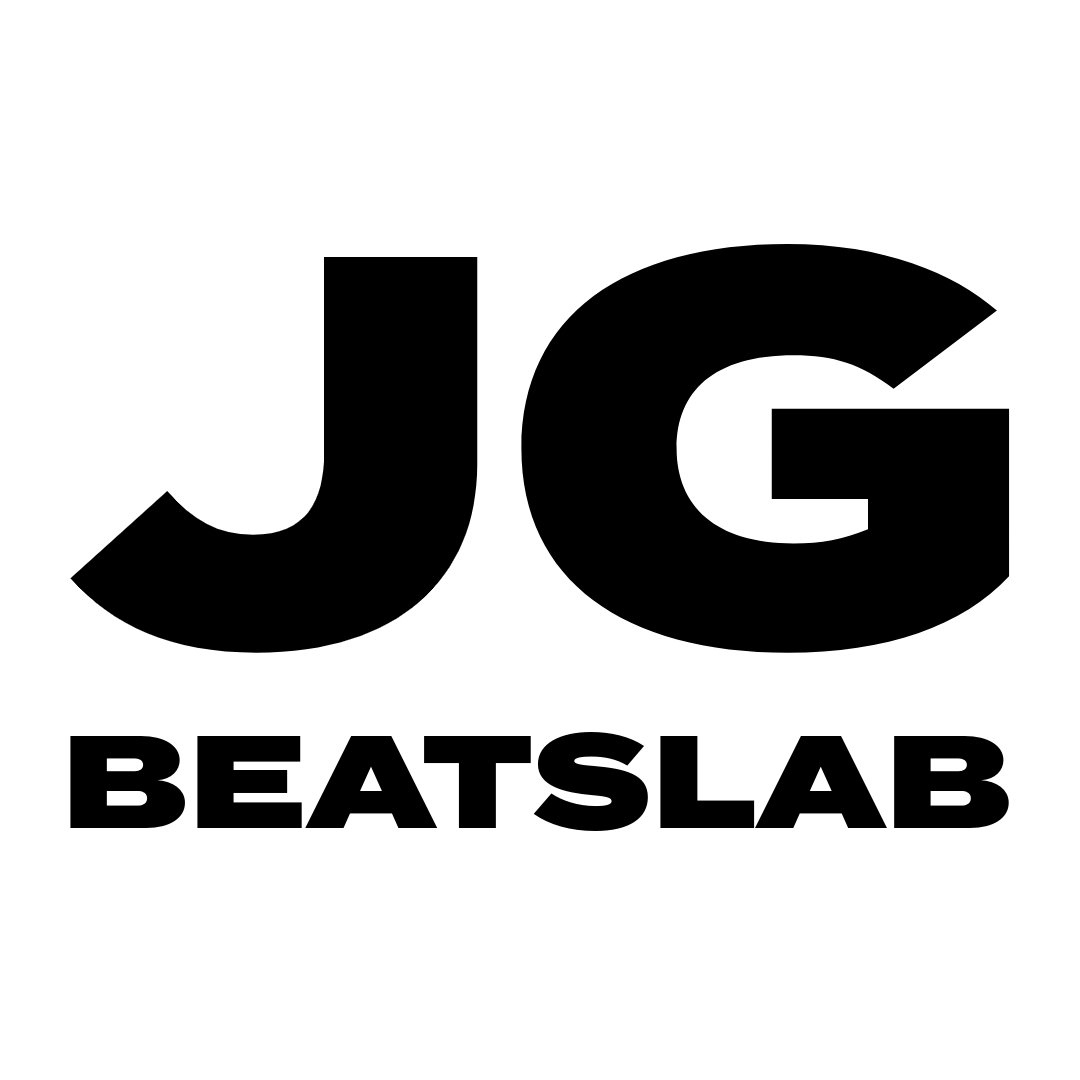JG BeatsLab R&D Review: We Tested MiniMax Music 2.0. Here's Why It's Not a Suno Killer.
Here at the JG BeatsLab, we are the public R&D lab for the future of music. We don't just review tools; we pressure-test them to see if they can survive a professional workflow. This week, a new heavyweight contender entered the ring: MiniMax Music 2.0.
On paper, their documentation looks impressive—promising an advanced API, pro-grade audio settings, and even "Voice Clone" capabilities. But does it hold up in a real-world test?
We spent time in the lab with the tool. Our bottom line: MiniMax 2.0 is a fun toy to play around with, but it’s not a serious threat to Suno’s dominance. Not even close.
We know this take will make some people angry in the comment section. Frankly, we hope it does. It means we struck a nerve.
Here is our R&D breakdown of its critical failures for real AI artists.
Failure #1: The "Robotic" Vocal Problem
The single hardest part of AI music generation is the vocal. MiniMax 2.0, unfortunately, doesn't come close to a human-like quality.
In our tests, the vocal flow was choppy, robotic, and didn't feel human at all. This is an instant deal-breaker. Furthermore, the tool's logic is basic. It will literally sing any instructional text you put in the prompt, even structural tags in brackets like [Verse].
This is an embarrassing, amateur-hour mistake that a pro tool would never make. It proves the developers don't understand a producer's workflow, a core concept we teach in The AI Music Side Hustle.
Failure #2: It Ignores the Producer
A professional tool must be reliable. An artist needs to know that their creative direction will be followed. MiniMax 2.0 fails this test completely.
We found that it ignores a lot of what we put into the prompts.
Test Case: We prompted for a "heavy song" with "chugging guitars."
Result: We received a track that was "more akin to an EDM song that only a middle school kid would listen to."
This level of unpredictability makes it useless for a serious workflow. A professional creator has no time to waste credits "rolling the dice," hoping the AI might decide to listen. This is why our "Artist Identity" framework, which establishes a clear sonic blueprint before prompting, is so critical.
Failure #3: The "Persona" Kill Shot
This is the most critical failure. The single most important feature for building a consistent artist brand in Suno is the "Persona" feature, which is based on our "Golden Seed" method.
MiniMax 2.0 has no equivalent to this. There is no way to lock in a specific, unique vocal and instrumental DNA for your artist.
Every time you hit "Create," you get a different singer. This isn't "creative variety"—it's creative chaos. It is fundamentally impossible to build a cohesive album or a recognizable artist sound. This is a deal-breaker for any creator trying to build a real brand.
Our Final R&D Verdict
Look, while MiniMax 2.0 has a few shiny specs on paper (like a 2000-character prompt and an API), it's a "toy," not a "tool." It fails on the three most important criteria for a pro AI artist: vocal quality, prompt reliability, and sonic consistency.
This R&D test is a perfect lesson in why our professional workflow is essential.
MiniMax's failures highlight why our "Golden Seed" and "Persona" methods, taught in our upcoming Unlock Suno v2 guide, are the critical steps for building a consistent artist.
Its inability to follow prompts proves why the "Artist Identity" and structured prompting strategies in The AI Music Side Hustle are non-negotiable for getting professional results.
Our verdict? Stick with Suno, and focus on mastering your process. The tool is just a tool; the producer's workflow is what matters.
The AI Music Revolution won't be led by toys. It will be led by producers who master their craft.
Want to learn the professional process that pro tools are built for? Get our free guides and be the first to know about our new books by signing up for The AI Music Side Hustle and Unlock Suno email lists.



